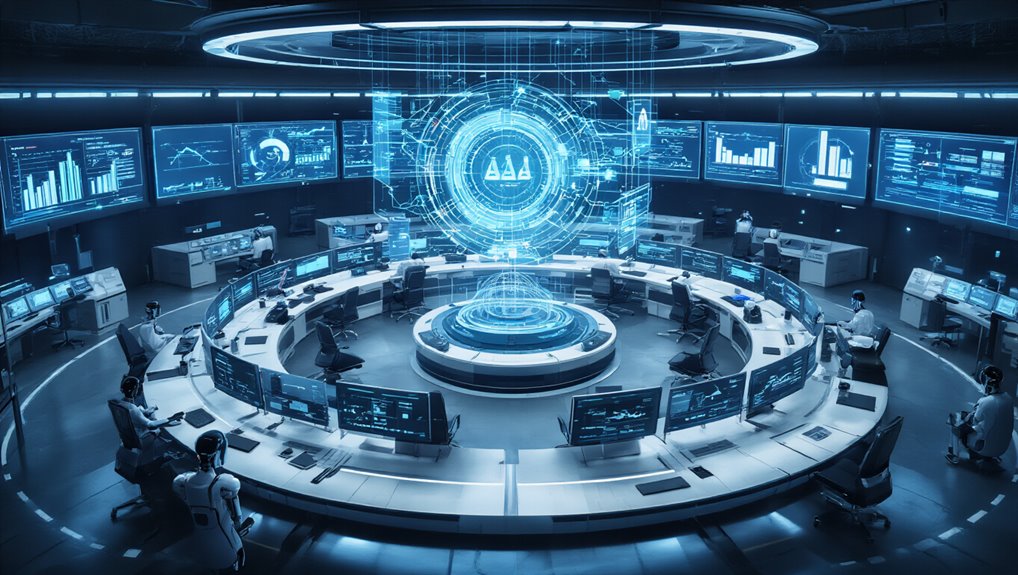As organizations rapidly evolve in the digital era, agentic AI systems are emerging as transformative forces that redefine traditional operational structures. These systems operate with unprecedented autonomy, making independent decisions without constant human guidance while pursuing broader organizational goals.
Unlike conventional automation, agentic AI continuously adapts to changing contexts through integrated reasoning and multi-step planning capabilities.
Agentic AI transcends basic automation through adaptive reasoning and sophisticated planning that evolves with contextual changes.
The efficiency advantages of agentic AI are substantial and quantifiable. Organizations implementing these systems report operational cost reductions of up to 30% and decreased downtime by approximately 25%. This technology excels at handling simultaneous tasks without suffering from fatigue or increased error rates—a critical advantage during high-demand periods when human teams struggle with scalability and consistency issues.
Human workers still maintain distinct advantages in specific domains. They excel in empathy, creative problem-solving, and adapting to completely novel situations. The personalized responses and innovative thinking humans provide remain valuable, particularly in contexts requiring emotional intelligence and out-of-pattern innovation. These inherent capabilities highlight the emotional intelligence gap that still exists between human agents and AI systems.
The orchestration capabilities of agentic AI represent a significant organizational advancement. These systems coordinate multiple specialized AI agents across perception, reasoning, and execution functions. This modular approach allows organizations to deploy AI capabilities precisely where needed while maintaining a cohesive operational framework. Successful implementation requires strategic alignment between AI initiatives and broader business goals to prevent wasted investments and maintain market competitiveness. The market for these autonomous solutions is experiencing explosive growth, projected to reach 14.1 billion dollars by 2025.
Your organization’s structure will fundamentally change as agentic AI becomes a “third team member” capable of owning outcome areas rather than merely supporting human workers. Human roles are shifting toward orchestration and supervision within human-machine ecosystems. This shift demands new governance models addressing accountability and risk management.
To compete effectively:
- Deconstruct organizational workflows into discrete tasks suitable for AI augmentation
- Develop clear integration pathways between agentic AI and existing enterprise systems
- Establish governance frameworks balancing AI autonomy with appropriate human oversight
- Prepare your workforce for evolved roles focused on human-machine collaboration
Organizations that embrace these changes will achieve significant competitive advantages through enhanced efficiency, scalability, and operational resilience.









